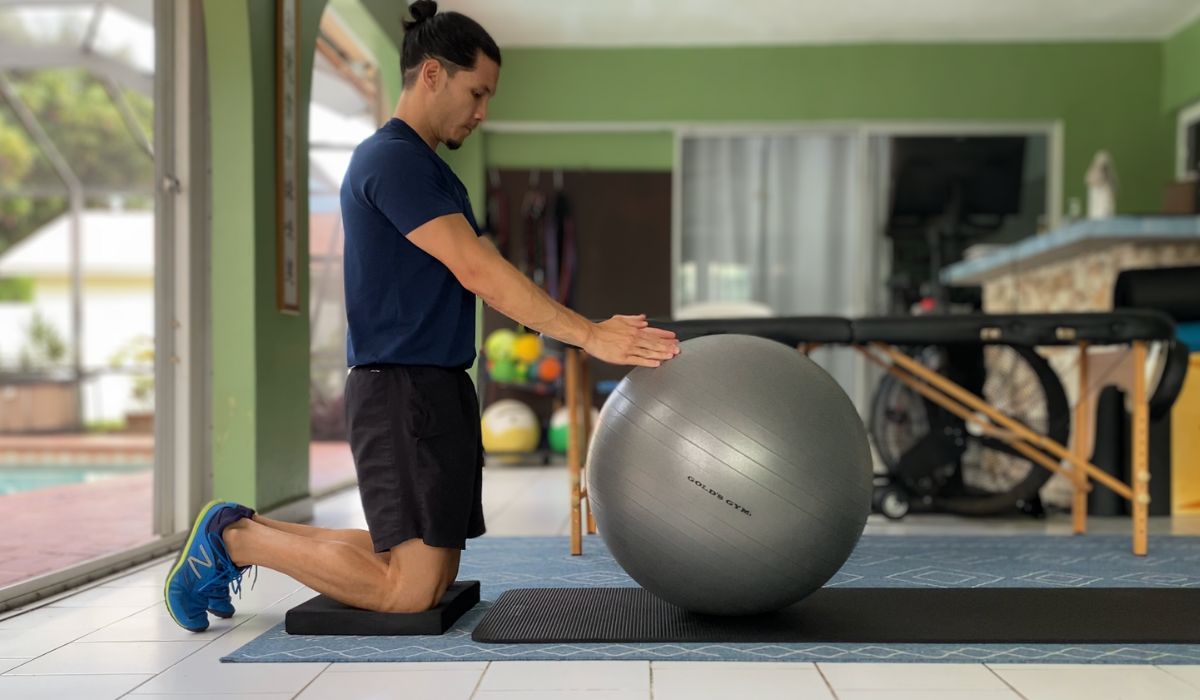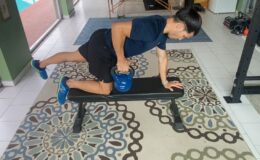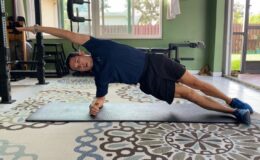What is Core Stability Training?
At its core (pun intended), stability training teaches individuals how to engage and activate their core muscles to maintain a stable spine and prevent unwanted movement.
You may think of a plank and be correct.
Balance training would also fall under the umbrella of core stability training.
Especially if you are in the camp of belief that the glutes and lats are core muscles because of how they can help create stability in the body.
How do we train core stability?
To start we have to understand how our muscles create movement.
Our muscles go through 3 phases of movement, one phase shortens the muscle (concentric phase) and another lengthens it (eccentric phase.) Between these two phases we can create motion.
The third phase is an isometric phase where the muscles are contracting but not changing in length. Our muscles still go through this phase when we move and is how we transfer energy from the eccentric phase into the concentric phase.
The core muscles can contract isometrically to provide stability and prevent excessive movement in the spine. The spine naturally moves in four motions: flexion, extension, rotation, and lateral flexion.
Core stability training involves performing exercises that resist these movements, building isometric strength against those forces.
These 4 anti-movements can be trained individually or challenged in multiple planes at once.
Where to put these exercises in your exercise routine?
This is a great question because it has multiple answers.
As a general guideline, they can be used as a warm-up at the beginning of a workout to activate the core muscles.
However, it’s crucial to avoid overworking the core to the point of fatigue before engaging in heavy lifting or strength training exercises. If you overexert your core, big movements like squats won’t go as well in your workout.
When training to build isometric strength of the core?
If you like to do heavy squats then you are in luck! Heavy lifting in compound exercises induces a stimulus that is also training your core isometrically.
For exercises that isolate anti-movement core training, I like to place in the middle or towards the end of the workout after the primary exercises are done. I alternate them with a lower or upper body exercise that I don’t have to worry about balance so much like a leg press, push up or any machine, cable or ground exercise.
I’m not saying you can’t pair core work with lunges or other big lifts, but be ready for a butt kicking circuit.
What are exercises to train each movement?
Check this other blog post “the 5 Best Core Exercises to Build Strength and Improve Low Back Health.”
- Spoiler: One exercise for each anti-movements is used plus some bonus tips.





Leave a Comment